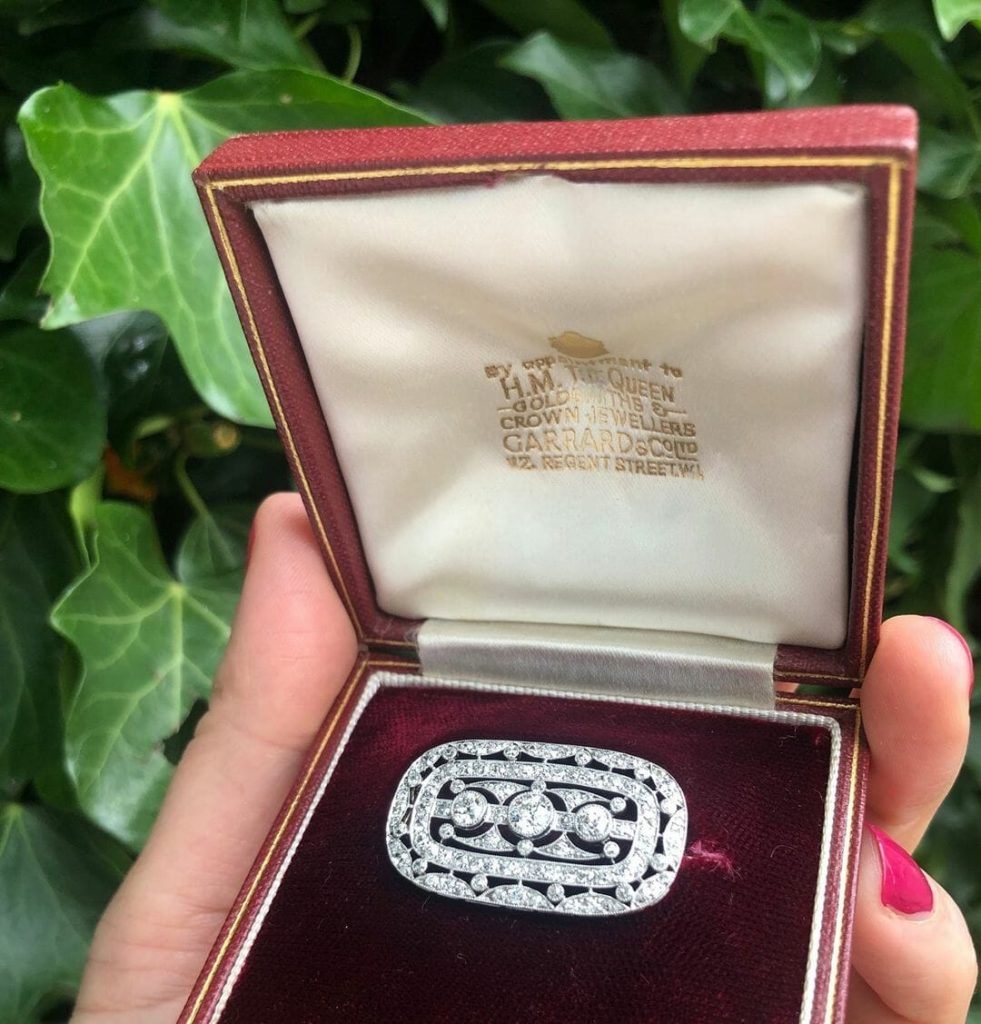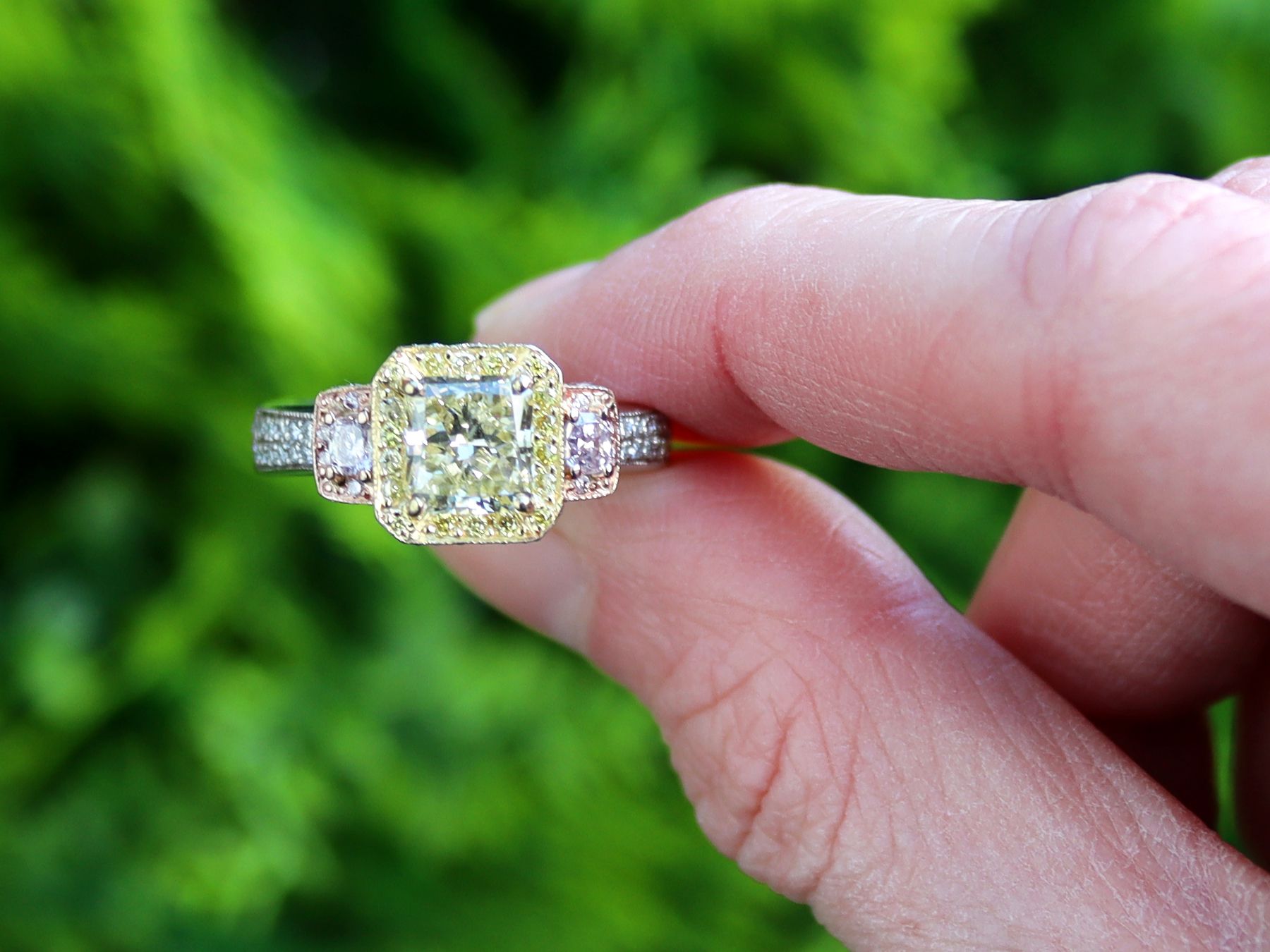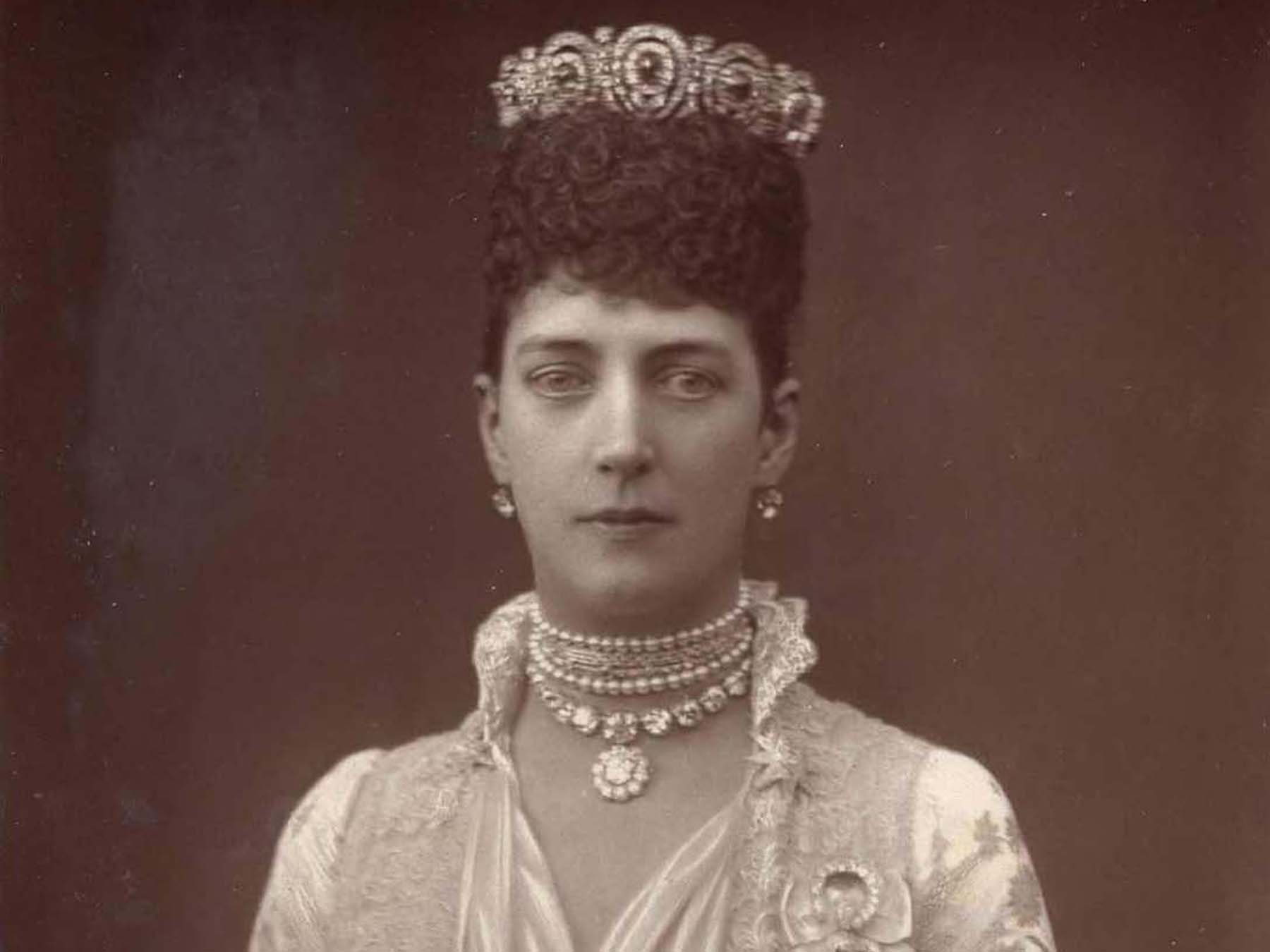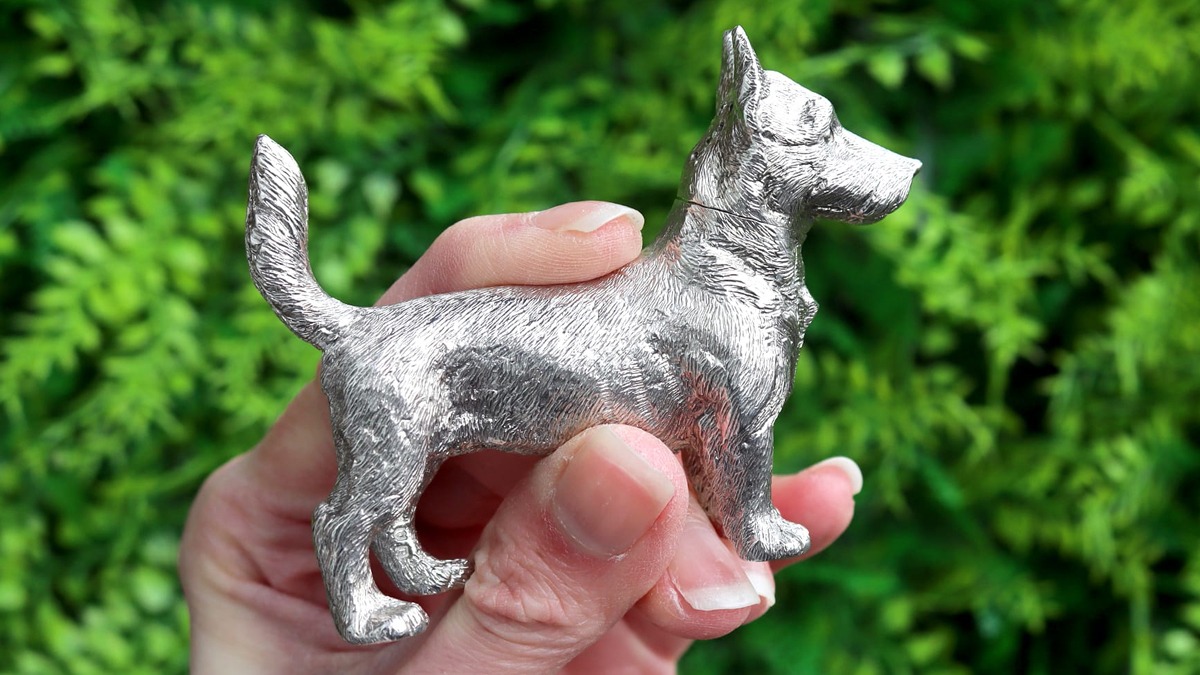Antique jewellery is built to last, so many pieces end up being passed down through family lines, with each new owner adding to their illustrious history. In many cases, passing on jewellery to the next family member in line is fairly straightforward, but it isn’t always so simple!
As well as the monetary value of antique and vintage jewellery, the emotional value of these pieces must be considered. While other assets can be equally divided between children when a loved one passes away, jewellery is a bit different. Because each piece of jewellery is likely to hold sentimental value as well as monetary value, dividing up inheritance jewellery can get tense. It’s easy to feel stressed about how to handle inheritance jewellery, especially when you’re also processing a loss.
Read on to find out all you need to know about the etiquette surrounding inheritance jewellery and how to handle the complications that might come with it.
Is Jewellery Considered Part of An Estate?
Yes! Jewellery is part of an estate and therefore, it should be distributed equally, along with other assets, to the legal heirs (unless other arrangements have been specified in the owner’s will). Any specific instructions made in the will regarding jewellery pieces must be honoured by the executor of the will. Often, people will want to leave jewellery pieces to specific people in their lives, especially pieces with important emotional value. A common example is leaving a wedding ring or an engagement ring to a daughter.

If no specifics have been laid out in the will, the situation has the potential to get a bit tricky. While many assets can be evenly divided without much emotional involvement, jewellery pieces often cause more stress. If multiple children are all after the same special pieces, the best way to navigate it might be by dividing the jewellery pieces out in a lottery. By picking out of a hat or being assigned jewellery pieces at random, arguments will be more easily avoided. If, for example, one family member ends up with a less valuable piece, their share can be supplemented with other assets.
What Do You Do With Inherited Jewellery?
Again, the emotional element of inheritance jewellery leaves many people feeling unsure of what to do with it. On the one hand, you might want to wear it but are worried about damaging it. On the other, the piece might not be your style at all, but the idea of selling it on could bring up feelings of guilt.
At the end of the day, how you handle inheritance jewellery is completely up to you and there are no wrong answers. Don’t hesitate from wearing a special piece — it’s most likely what the last owner would have wanted and why they passed it on to you. If you feel comfortable doing so, you could even modify the piece to better suit your style or alter it a bit for a better fit. There’s no harm in putting your own spin on a historic piece!
Should I Sell Inherited Jewellery?
If you feel comfortable letting the jewellery piece go, and you’ve spoken to any other family members who might have an emotional stake in the piece, there’s no reason why you shouldn’t sell it on. If, however, you’re being pressured by other family members — or anyone else for that matter — hold off selling. It should be a personal decision and you should only sell when you feel confident that it’s the right thing for you.
If you choose to go down this route, take your time and do your research so you don’t lose out. The best approach is the take your jewellery piece to be independently valued by a reputable and impartial third-party expert. If you get certified up-front pricing, you’ll know exactly how much your piece is worth and avoid being scammed.
If the piece really isn’t for you, however, you shouldn’t feel any shame about selling it on.
Heirloom Engagement Rings
One of the most common jewellery types to be passed down through the generations is the engagement ring. No jewellery type is steeped in quite as much history and romance as this one, and each antique engagement ring has its own story. If you’re considering proposing using an inherited or heirloom engagement ring, there a few things to keep in mind.
First of all, make sure that your partner is on board with the idea of an heirloom ring. For many, being proposed to with an heirloom ring is the ultimate sign of love. It also represents the fact that the family is welcoming a new member with open arms. However, some people may prefer to receive a new ring that is unique to them, so that they can start a new romantic tradition. Before going down this route, it’s imperative that you and your partner are both on the same page.
Furthermore, it’s important that you talk to the rest of your family members and ask respectfully if you can propose with the heirloom ring. You might have some competition with siblings after all! If your family agrees, make sure that you ask plenty of questions about the engagement ring. Remember to take time to learn its history so that you can pass on the stories to the next generation when the time is right.
Finally, make sure that you get the heirloom diamond ring cleaned, appraised, and insured before proposing with it.
Inheritance jewellery can be a sticky subject, but the action of passing on jewellery is a wonderful family tradition. Remember, even if you’re feeling overwhelmed, there will always be a solution that works for everyone in the family and allows the beautiful history of your inheritance jewellery to live on.







